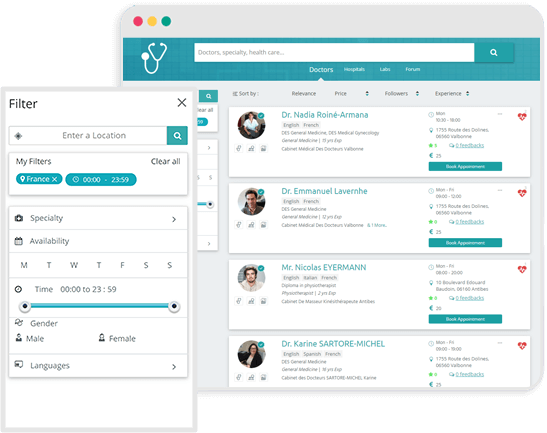MVP For Health Care Startup
A minimum viable product (MVP) is the initial, usable version of a health management application, allowing early customers to provide feedback for further product development.
A healthcare MVP differs from financial or hospitality industries as it directly impacts patient well-being and care delivery, requiring careful planning and consideration of numerous requirements and regulations.
Healthcare MVPs are a cost-effective way to test new app ideas before investing in full-scale development, allowing organizations to release experimental healthcare technology solutions and penetrate the market.
In healthcare, building an MVP can be challenging due to numerous stakeholders seeking feedback, leading to the mistaken belief that the only MVP is everything at once.


